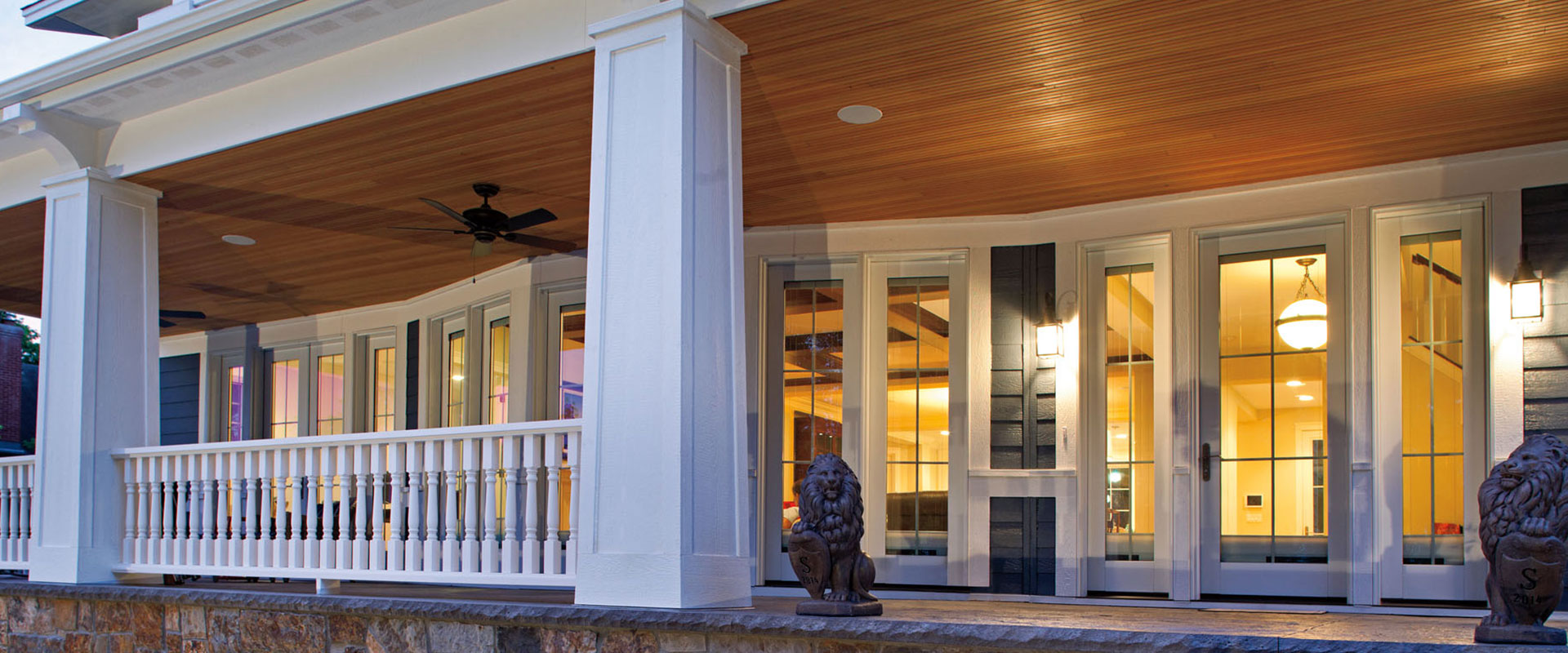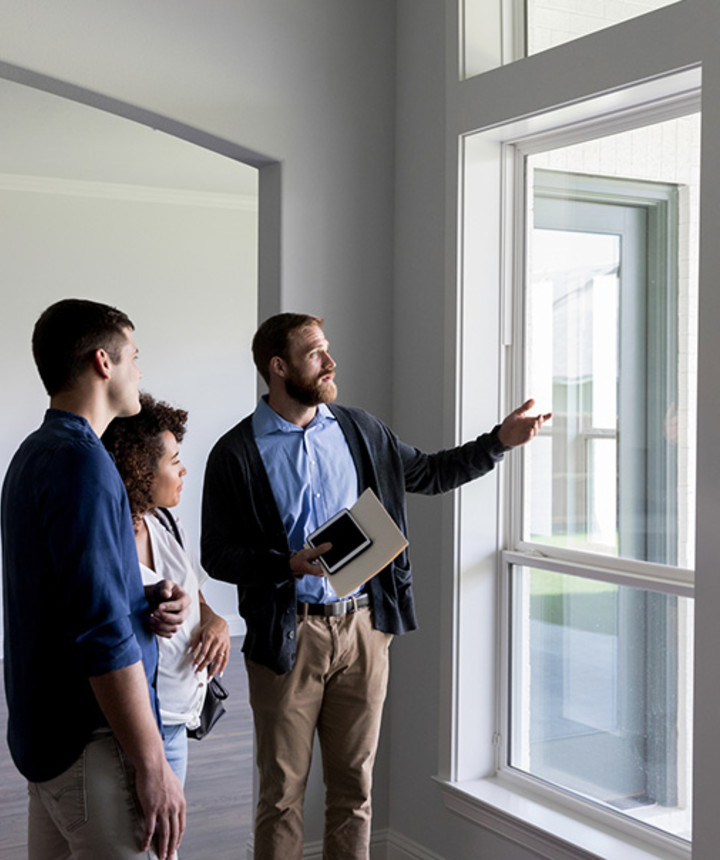Katy Window Replacement Professionals for Superior Service
Katy Window Replacement Professionals for Superior Service
Blog Article
Upgrade Your Home With Energy-Efficient Home Window Replacements
In the world of home improvement, the choice to update to energy-efficient home window replacements can significantly affect both the capability and aesthetic appeals of a residence (Conroe window replacement). As property owners seek ways to boost the efficiency and sustainability of their space, the choice of home windows plays a crucial function in achieving these goals. Beyond the surface level of mere visual appeals, energy-efficient windows provide a plethora of benefits that surpass mere curb allure. With a careful choice process that takes into consideration numerous variables, from glass types to setup techniques, starting this home upgrade trip can prove to be a transformative venture.
Advantages of Energy-Efficient Windows

The installation of energy-efficient windows provides significant financial savings on utility expenses while improving ecological sustainability. Energy-efficient home windows are developed to decrease warm loss and gain, reducing the demand for heating and cooling systems to burn the midnight oil. By effectively insulating the home, these windows assist preserve a comfortable interior temperature year-round, leading to reduced power consumption and reduced energy costs. Additionally, energy-efficient home windows can aid control dampness levels within the home, lowering the danger of mold and mold development.
Past the financial benefits, energy-efficient home windows add to environmental sustainability by lowering carbon exhausts connected with energy production. By decreasing energy use, these home windows assist reduce the environmental impact of illumination, air conditioning, and heating household spaces. This reduction in energy consumption plays a critical function in combating environment adjustment and promoting a greener future for generations to find. Generally, purchasing energy-efficient home windows not only boosts the comfort and performance of a home however likewise straightens with environmentally mindful methods.
Sorts Of Energy-Efficient Glass
Various advanced types of energy-efficient glass offer special residential properties that satisfy different needs and choices in improving the sustainability and effectiveness of structures. Low-emissivity (Low-E) glass is a preferred option developed to decrease the amount of ultraviolet and infrared light that can travel through the glass, thus decreasing heat transfer. This kind of glass aids keep a constant indoor temperature level, lowering the requirement for home heating or cooling systems, and ultimately lowering energy costs. An additional cutting-edge option is spectrally discerning glass, which enables visible light to pass via while obstructing certain kinds of infrared radiation. This helps in keeping a comfy indoor setting while decreasing warm gain. Triple-pane glass, containing three layers of glass with protecting gas in between them, gives improved thermal insulation, making it extremely energy-efficient. Furthermore, self-cleaning glass with a special coating that breaks down and loosens dust when revealed to sunshine can reduce upkeep demands and keep windows looking clean. Each kind of energy-efficient glass supplies distinct advantages, enabling house owners to pick the most suitable alternative based on their particular requirements and objectives.
Aspects to Take Into Consideration When Picking
When contemplating energy-efficient home window replacements, it is necessary to carefully assess particular factors that straighten with your sustainability objectives and preferred power financial savings. One vital aspect to consider is the window's power efficiency rankings, such as the U-factor and Solar Heat Gain Coefficient (SHGC) The U-factor steps how well the window insulates, with lower numbers indicating far better insulation, while the SHGC indicates the home window's capacity to obstruct heat from sunshine. Additionally, the home window framework product plays a significant duty in power performance. Products like fiberglass, plastic, or wood with thermal breaks are outstanding choices for lowering warm transfer. One more important factor to consider is the window design and alignment concerning sunlight direct exposure. Picking the right home window design and purposefully positioning them can make best use of all-natural light while lessening warm gain or loss. Last but not least, installment top quality is vital to making sure the windows perform as planned. Correct setup helps stop air leak, making certain ideal power effectiveness. By carefully evaluating these elements, you can choose cost to replace window with sliding glass door energy-efficient home windows that boost comfort, lower power costs, and profit the atmosphere.
Setup and Maintenance Tips

Regular maintenance is crucial to protecting the effectiveness of your energy-efficient windows. Examine the windows regularly for any signs of damage, wear, or sealer deterioration. Tidy the frames, tracks, and glass consistently using moderate soap and water to get rid of dirt and crud that can impact performance. Check the weather-stripping and seals for any splits or spaces and replace them if needed to maintain the windows' power performance.
On top of that, lubricate moving parts such as hinges and locks to guarantee smooth operation. By complying with these installment and maintenance suggestions, you can improve the energy efficiency of your home and extend the life-span of your energy-efficient home windows.
Cost-Benefit Evaluation of Upgrading

Energy-efficient windows are designed to minimize warmth transfer, reducing the requirement for home heating and cooling down systems to burn the midnight oil. This can cause substantial cost savings on energy bills, specifically in areas with severe temperatures. Furthermore, energy-efficient home windows can boost the total worth of your home, making it much more appealing to prospective customers if you determine to market in the future.
When calculating the cost-benefit evaluation, consider the possible savings on power expenses, any kind of offered incentives or refunds, and the life-span of the windows. While the first price may be higher, the long-lasting financial savings and advantages of energy-efficient home windows make them a clever financial investment for homeowners wanting to boost their residential or commercial property's power performance and worth.

Final Thought
To conclude, updating to energy-efficient window substitutes uses numerous benefits such as reduced power intake, enhanced comfort, and basics price savings. By picking the appropriate kind of energy-efficient glass and considering variables like structure product and installment, homeowners can optimize the performance of their windows. Normal upkeep and appropriate setup are necessary for long-lasting performance. In general, the cost-benefit analysis of updating to energy-efficient home windows shows that the preliminary investment can cause considerable savings in the future.
When considering energy-efficient window replacements, it is important to very carefully examine certain factors that align with your sustainability purposes and preferred power cost savings. The U-factor measures just how well the home window protects, with reduced numbers showing better insulation, while the SHGC indicates the window's capability to block warmth from sunshine. By meticulously examining these elements, you can choose energy-efficient home windows that boost comfort, reduce power expenses, and profit the environment.
While energy-efficient windows might have a higher in advance price compared to typical windows, the lasting advantages typically exceed the first investment.In final thought, upgrading to energy-efficient window replacements provides countless advantages such as reduced power usage, enhanced convenience, and expense savings.
Report this page